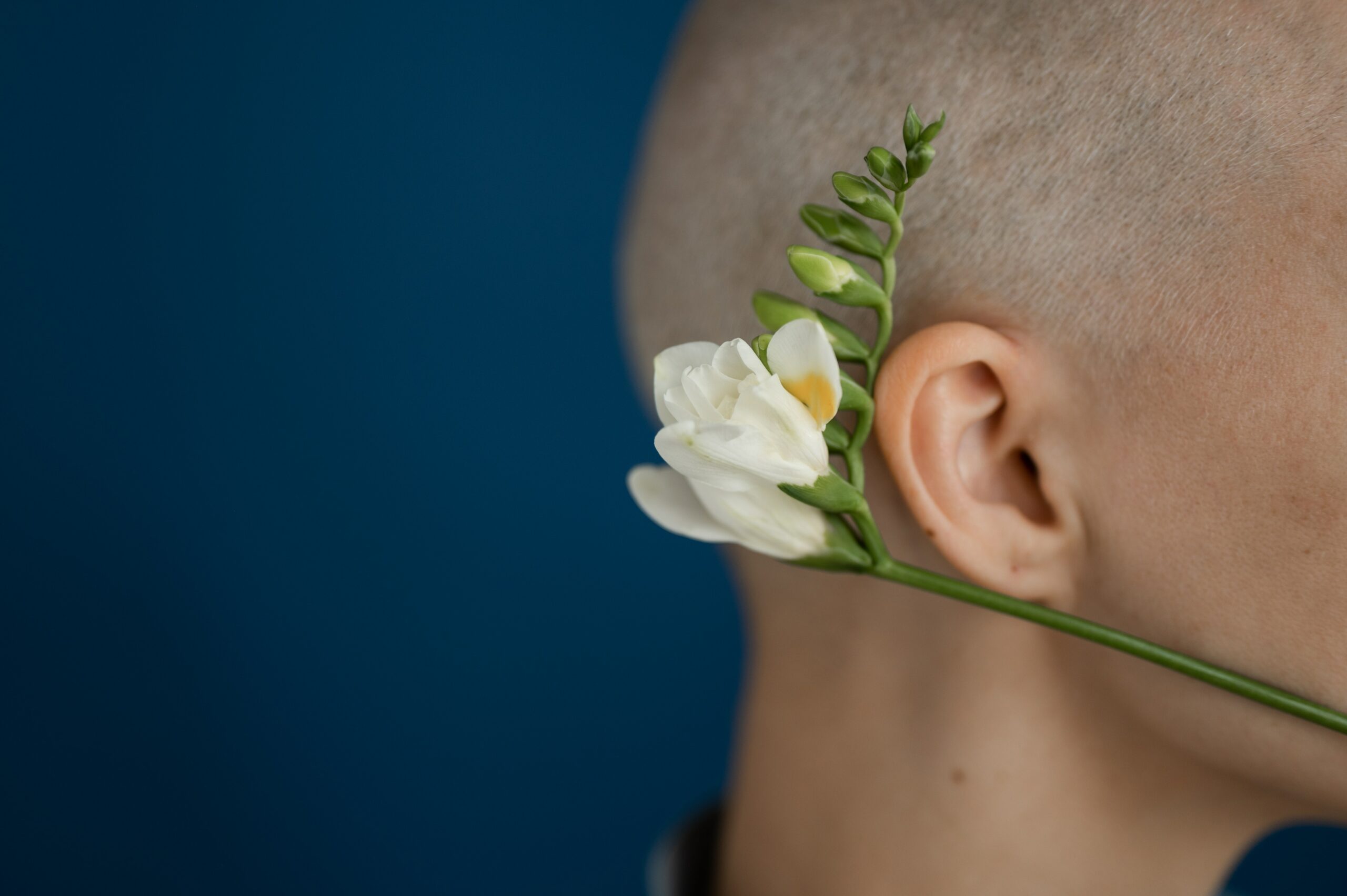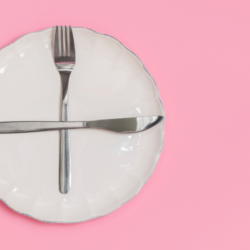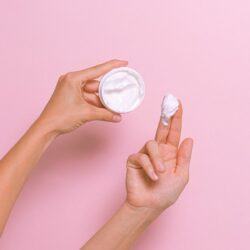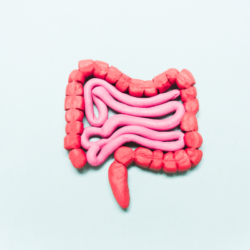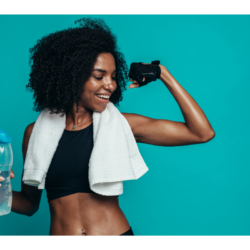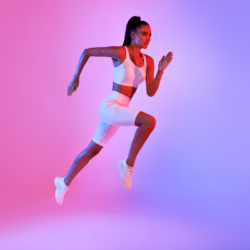Verneuil’s disease is also known as hidradenitis suppurativa or reverse acne. It is a chronic inflammatory skin condition. The disease mainly affects the sweat glands and manifests itself mainly as deep, painful nodules.
What is Verneuil disease?
Hidradenitis suppurativa is a condition that causes the formation of subcutaneous nodules. These nodules develop in areas of friction: the buttocks, breasts, armpits and groin. Unfortunately, they take a long time to heal and tend to recur, forming subcutaneous tunnels and numerous scars. Verneuil disease usually appears after puberty. However, it can persist for many years and worsen over time. The condition usually has a severe impact on the patient’s daily life and emotional balance. It is important to note that reverse acne is not caused by infection or poor hygiene. However, it can make you more susceptible to bacterial infections.
Symptoms of Verneuil’s disease
Reverse acne can affect different areas of the body. The symptoms of this disease are as follows:
- Blackheads: These originate in small areas of skin.
- Painful nodules: The disease usually starts with a painful subcutaneous nodule. This lump remains for weeks or months. Then, other nodules may appear. In addition, they commonly develop in areas where there are many sweat and sebaceous glands and in areas where the skin rubs: the buttocks, breasts, armpits and groin.
- Wounds: that ooze. Some even leak pus with a strong odour.
- Tunnels: Gradually, tunnels that connect the nodules to each other may appear under the skin. These wounds are very difficult to heal.
The evolution of this condition is not linear. Overweight and smoking are risk factors, however, even people of light build and non-smokers can be affected by Verneuil disease.
Natural treatments for Verneuil disease
In order to reduce the intensity of the symptoms of Verneuil disease, there are various natural treatments. However, it is important to speak to a health specialist before deciding to use essential oils or even take supplements.
Stimulating the inner life force
To boost your inner life force and reduce accumulated stress, we encourage you to take 30-minute walks in forests or city parks. As research suggests, it is important to reconnect with nature to rebalance the nervous and immune systems. This can be done several times a week.
Respecting circadian rhythms
It is important to have a regular rhythm, to respect your meal times, your physical activity times, your rest and sleep times. An unnatural lifestyle can have a negative influence on the development of a disease.
Stop smoking
Several risk factors have been associated with the development of Verneuil disease. Smoking in particular. Indeed, it seems that this condition develops as a result of environmental triggers in genetically susceptible individuals. In conclusion, smoking has been identified as one of the environmental factors with the greatest impact on reverse acne.
Avoiding nutritional deficiencies
Researchers are concerned about soil depletion (4) and for good reason! The results of their studies have shown a sharp decline in nutrients essential to human health. Calcium, Zinc, Iron, Selenium… Industrial farming methods have contributed to the progressive disappearance of trace elements. Indispensable to the metabolism of living cells, it is essential to make up for our deficiencies, along with a balanced diet.
Using aloe vera and turmeric on a daily basis
Turmeric has strong anti-inflammatory, antibacterial and antimicrobial properties. As a result, it can help lower the level of inflammation in the body. Thus, it can potentially prevent nodules and sores caused by disease from becoming infected. Aloe vera is known for its antiseptic and anti-inflammatory properties. In fact, it is able to soothe inflammation during flare-ups. Sources https://pubmed.ncbi.nlm.nih.gov/28788101/ (1) https://www.ncbi.nlm.nih.gov/pmc/articles/PMC3216244/ https://www.ncbi.nlm.nih.gov/pmc/articles/PMC5619253/ https://www.sciencedirect.com/science/article/pii/S0048969721051810?via%3Dihub#bb0190 (4) https://www.ncbi.nlm.nih.gov/pmc/articles/PMC4022204/ (5) https://www.sciencedirect.com/science/article/abs/pii/S0151963818309268

